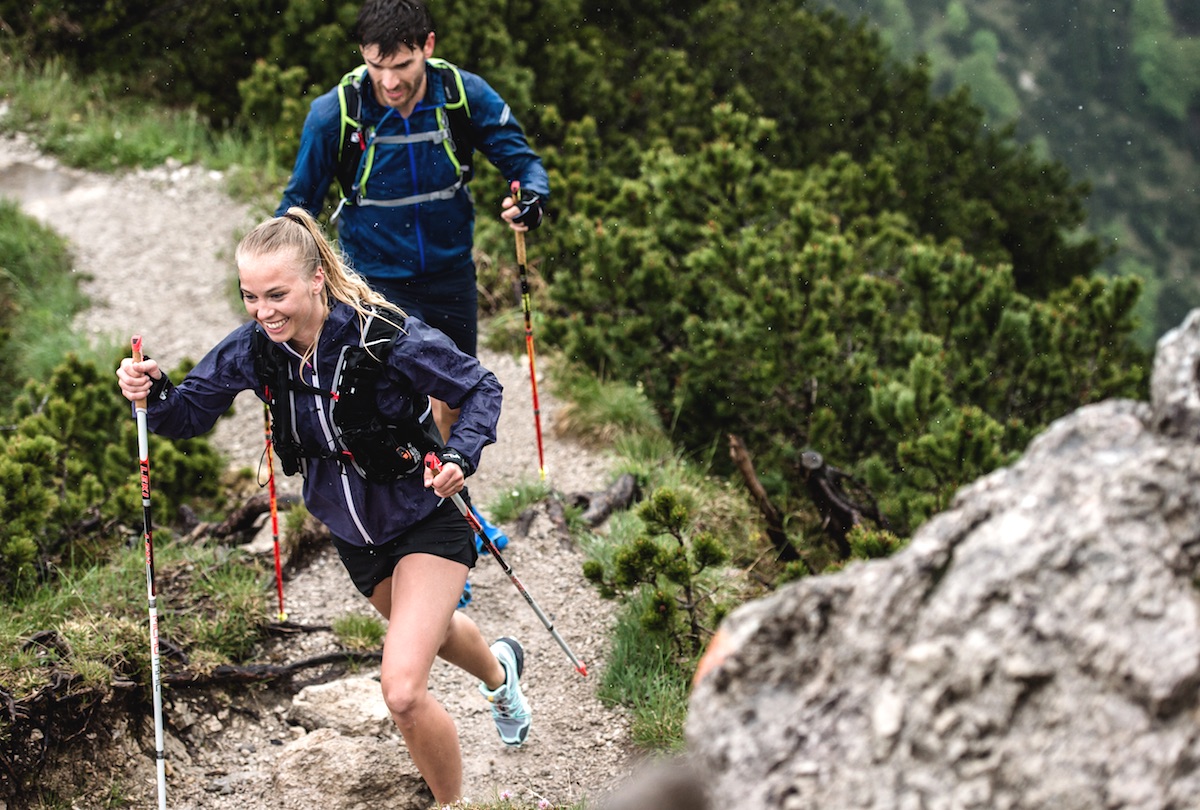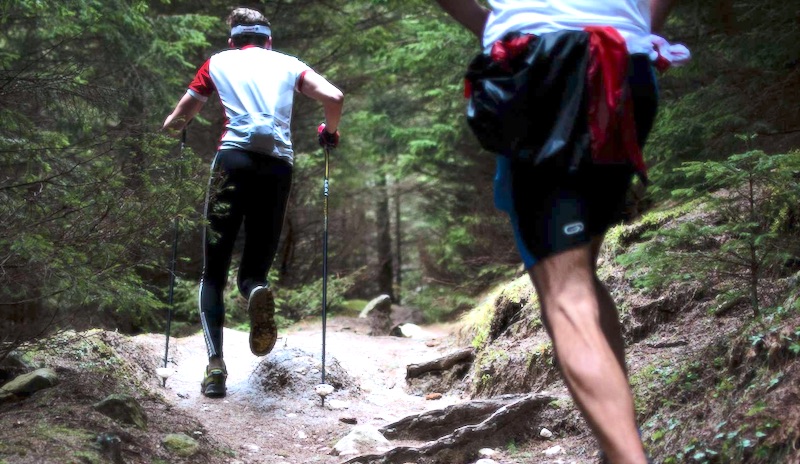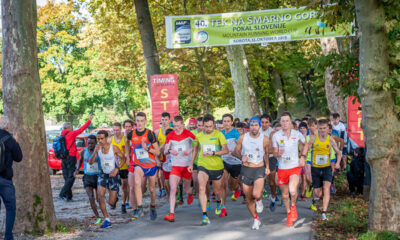
If you are already accustomed to the basics of trail running and are ready to take your off-road adventure to the next level, then read on.
In a previous article, we looked at how to get started with trail running and the highlighted the whole new world it opens up to a runner. Now that you have mastered the basics, let’s look at the next stage of becoming a trail runner.
1. Protection from nature

Running exposes you to the elements, which is a great thing. Just be cautious of a few natural dangers that may come with the natural beauty.
Get the basics right, wear sunscreen, a hat and sunglasses. These cannot only protect you from the sun but also tree branches, bushes and it will keep the rain out of your eyes too. Shoe gaiters are also a great idea if there are a lot of debris and small stones on the road or trail.
2. Work on your technical trail skills
Repeated, purposeful practice will increase your skill in any discipline. Running interval repeats will improve your fitness and speed, just like running repeats on technical trails will help your confidence, ability and create new neuro pathways.
Find a technical section of trail and run it over and over, remain relaxed, focusing on form and choosing the safe line of less resistance this will allow you to keep momentum.
3. Carry additional water even if you don’t need it
Bringing fluids with you on a run is a very smart idea. Anything can happen and some days might take longer than expected. There are a few convenient ways to carry fluids on the run such as; handheld bottle, waist belt with a soft flask, or a running vest pack.
Also, hydration is a huge factor in recovery, so if you finish the run with a full bottle, just down it as a kick start to your recovery.
4. Consider using poles

For steep, hilly, or mountainous trails, consider using trekking poles to help you navigate the terrain with more efficiency. Poles can aid balance, reduce the impact on your legs and boost your strength on the uphills.
It may seem awkward or uncomfortable at first but with practice, they can be extremely comfortable and helpful.
5. If you plan on running a race, plan backwards from the date of the event
Allow enough time to train your fitness and your skills and then allocate time to a taper period before your event. This will prepare you for the challenge mentally and physically.
Start easy and take time to build up your running confidence and ability. Try to mimic the conditions and terrain of your event in your training.
6. Work with the uphills
When you come up against steep uphill terrain, you need to adjust your movement. Adopt short, quick steps and use your arms or poles. it’s okay to walk too! If you’re just beginning, use a run/walk strategy and go for 1min run/30sec walk rotation.
7. Work with the downhills

Over time build your confidence and ability so on the downhills, lean into the downhill, keep a consistent stride and cadence, and let the gravity pull you down. Lead with your mid and forefoot, use your arms to balance and remain relaxed and breath.
Use your arms! Allow your arms to be relaxed and free to move. Your arms counter balance your legs so if you are moving wildly below to jump logs and hop over rocks, your arms will likely be moving in a wild fashion too.
RELATED: Running Downhill: Benefits and Training Sessions
8. Strength and balance
Include a simple 20-30min strength and balancing routine in your weekly training. Perform exercises with perfect form and technique. Exercises could include: lunges on a pad or stability disk, single leg squats, bridge, pushups, deadlifts, calf raises, and using a wobble board to develop foot and ankle strength and stability.
If you miss a session, try balancing on one foot whilst brushing your teeth and closing your eyes.
9. Patience and recovery
Running can provide some good times and tempt you into wanting more than is sensible. Be smart about your foray into running and always allow for adequate recovery between sessions and races. The different movements and muscle recruitment in running can tax your body more then you realise, this calls for extra attention during your recovery.
You will also have to allow your muscular-skeletal system to adapt to the different movements and forces of running.
10. Find new places and people to run with
There are a variety of ways to find new places and people to run with. Connect with local running stores, running clubs, events or use a service like Suunto Heat Maps to help find new places to explore.
Be sure to take caution to the trails and ask about the specific nature of the trail, including wild animals, hazards, bathrooms, snakes, spiders, and anything you may need to know when running in a new area.
About the Author
Majell Backhausen is one of Australia’s finest elite trail runners. He has enjoyed success on the shorter distance trails right up to the 170km Ultra-Trail du Mont-Blanc (UTMB).



















